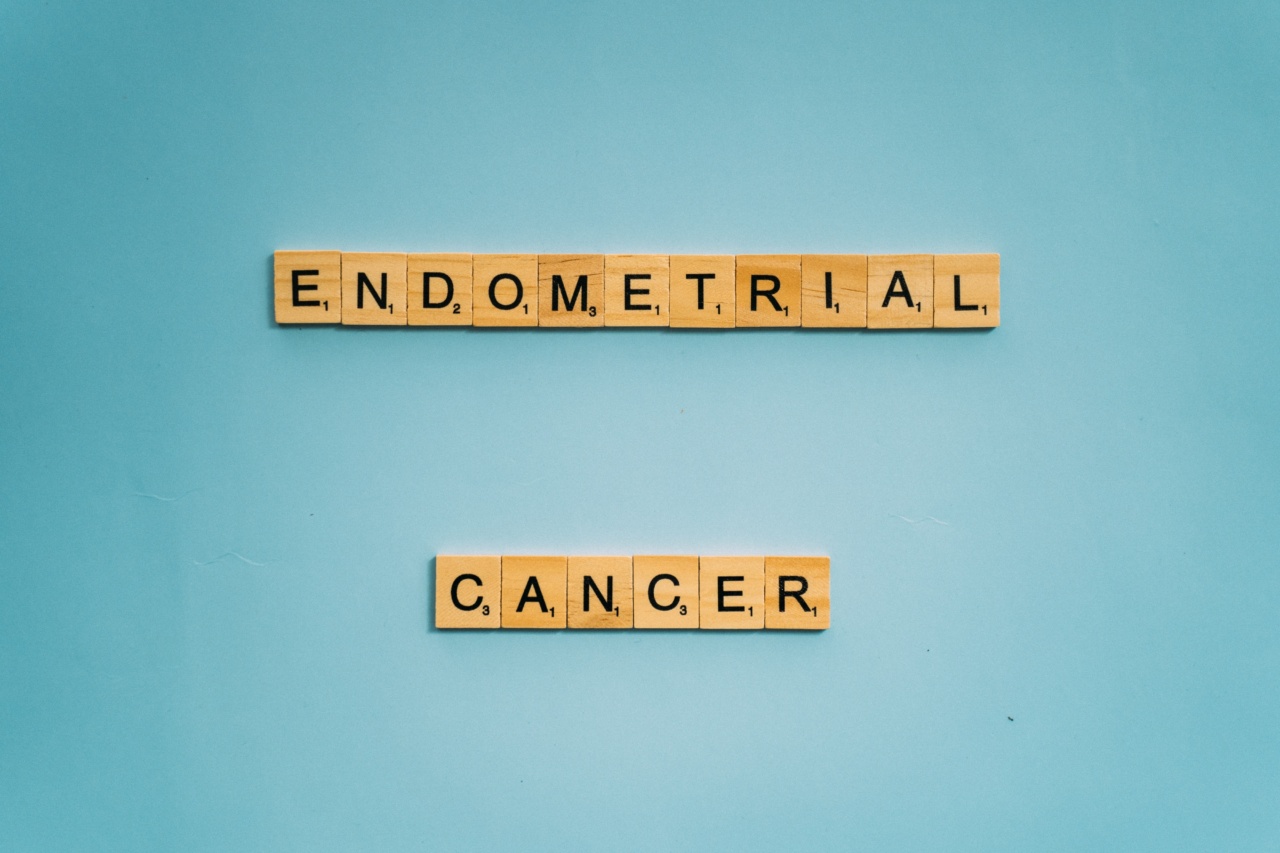Endometrial cancer is a type of cancer that affects the lining of the uterus or the endometrium. This type of cancer is more common in women who have reached menopause, but it can still affect women who have not yet reached menopause.
Endometrial cancer is usually detected early because it causes abnormal vaginal bleeding. Early detection can be crucial in treating endometrial cancer and improving the chances of recovery. In this article, we will discuss the importance of early detection in endometrial cancer and why women should understand the risks and their symptoms.
What is Endometrial Cancer?
Endometrial cancer is a type of cancer that occurs when malignant cells form in the tissues of the endometrium. The endometrium is the inner lining of the uterus, and it undergoes changes every month during a woman’s menstrual cycle.
If the endometrial cells start to grow uncontrollably, they can form a tumor. This tumor can spread to other parts of the body if it is not detected or treated early. Endometrial cancer is one of the most common types of gynecologic cancers in the United States, with over 60,000 new cases diagnosed each year.
Risk Factors for Endometrial Cancer
There are several risk factors associated with endometrial cancer. These include:.
- Age: Endometrial cancer is more common in women over 50 years old
- Obesity: Women who are overweight or obese have a higher risk of developing endometrial cancer
- Diabetes: Women with diabetes have a higher risk of developing endometrial cancer
- Family History: Women who have a family history of endometrial cancer are at a higher risk of developing the disease
- Infertility or Never Having Children: Women who have never been pregnant or who have had trouble getting pregnant may have a higher risk of endometrial cancer
Symptoms of Endometrial Cancer
One of the most common symptoms of endometrial cancer is abnormal vaginal bleeding. This bleeding may occur between periods or after menopause, and it may be heavier than usual. Other symptoms of endometrial cancer may include:.
- Pelvic pain or discomfort
- Pain during sexual intercourse
- Unusual vaginal discharge
- Difficulty urinating
If you are experiencing any of these symptoms, it is important to talk to your healthcare provider about your concerns.
Early detection is key in treating endometrial cancer, and your doctor can perform the necessary tests to determine if you have the disease.
Early Detection and Treatment of Endometrial Cancer
Early detection is crucial in treating endometrial cancer and improving the chances of recovery. If endometrial cancer is detected in its early stages, it can often be treated successfully with surgery alone.
However, if the cancer has spread beyond the uterus, additional treatments such as radiation therapy or chemotherapy may be necessary.
The most common test used to detect endometrial cancer is a biopsy. During a biopsy, a small piece of tissue is removed from the lining of the uterus and examined under a microscope for signs of cancer.
If cancer is detected, additional tests such as imaging studies may be performed to determine if the cancer has spread to other parts of the body.
Preventing Endometrial Cancer
While there is no sure way to prevent endometrial cancer, there are several steps women can take to reduce their risk of developing the disease. These include:.
- Maintaining a healthy weight
- Exercising regularly
- Managing diabetes
- Taking birth control pills or using other forms of hormonal birth control
Women who have a family history of endometrial cancer may also benefit from genetic counseling and screening to determine if they are at an increased risk of developing the disease.
Conclusion
Endometrial cancer is a serious disease that can be detected and treated early if women understand the risks and symptoms. Early detection is key in treating endometrial cancer and improving the chances of recovery.
Women who are experiencing abnormal vaginal bleeding or other symptoms should talk to their healthcare provider about their concerns and undergo necessary testing to determine if they have the disease. By taking steps to reduce their risk of developing endometrial cancer, women can help protect their health and live healthy, active lives.




























